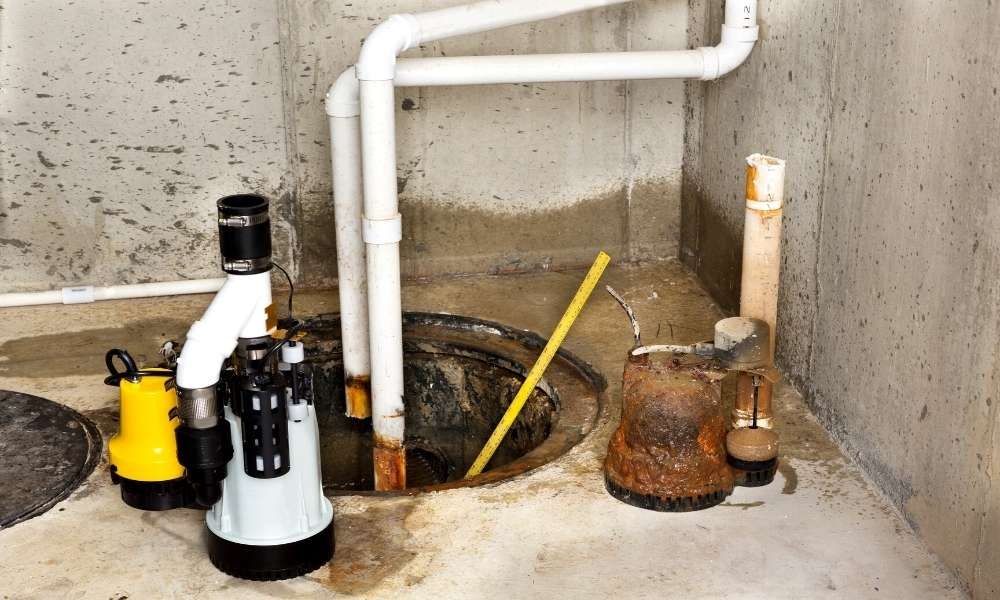If you are having trouble finding a Drain how to Install a Tub Drain in a concrete floor, the best option is to hire a professional. For example, if you live in an apartment and you have a basement, then the plumber would be the best option to call. You can also hire a retrofit service to help with the installation of your drain.
1. Custom Your Shower Pan
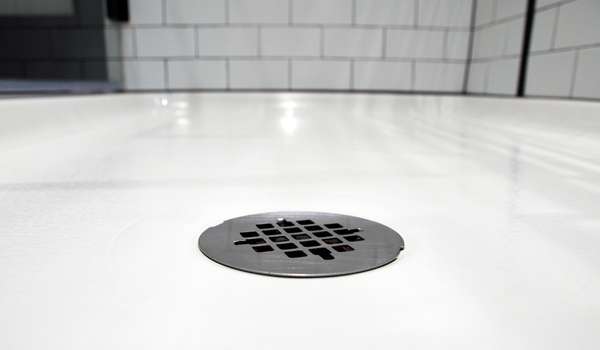
If you’re renovating or adding a new bathroom to your home, it’s important to invest in a custom shower pan. Not only will it make your shower more efficient and stylish, but it can also help with drainage purposes. Here are four simple tips on how to install a custom shower pan:
1) Choose the right material for your shower area. A custom shower pan should be made of durable and heavy-duty materials so that it can withstand daily use. One option is to go with an ironclad concrete product that is resistant to water damage.
2) Cut the dimensions of your new pan according to the dimensions of your existing sink and faucet. If you have an old fashioned two handle galvanized showerhead, cut out space for the new drainpipe by subtracting one handle from each side of the faucet body (see measurement instructions).
2. Move The Existing Drain
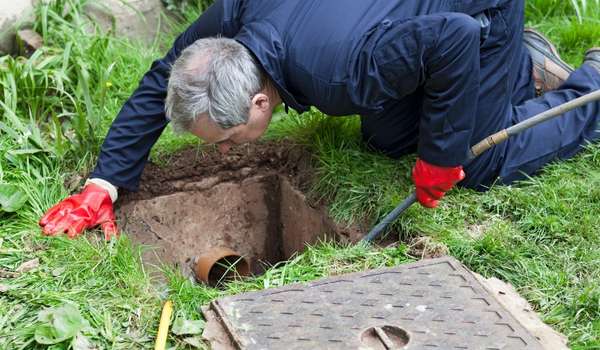
If you’re faced with a need to move an existing drain, it’s important to do so in a safe and environmentally friendly way. Here are some tips on how to install a tub drain in a concrete floor:
1. Start by estimating the size of the existing drainage. If you have a small bathroom, you might be able to fit a standard drain in place without any problem. However, if your bathroom has more space, or if there’s a specific type of drain that needs to be moved (like an underground pipe), you may need to find someone who can help you out.
2. Next, determine where the new location will be. Do this by taking into account your layout and the surrounding area.
3. Secure Your Spray Area

There are a few things that you need to know when it comes to spray areas. The first is that there is a spray area because the material will be sprayed on top of something else. Second, you need to make sure that the area is large enough so that all of the material will be sprayed at once. Finally, make sure that you have an adjustable spray arm so that you can adjust the amount of water that is being spilt.
4. Level Your Floor

If you’re looking to level your floor, there are a few things you need to keep in mind. The first is that the floor needs to be free of dust and dirt before installing a drainage. Second, make sure the drainage is properly installed so that it won’t damage your flooring. Finally, be sure to use proper installation techniques when leveling your floor, so you don’t damage any underlying tiles or hardwood.
5. Place Your Bathtub
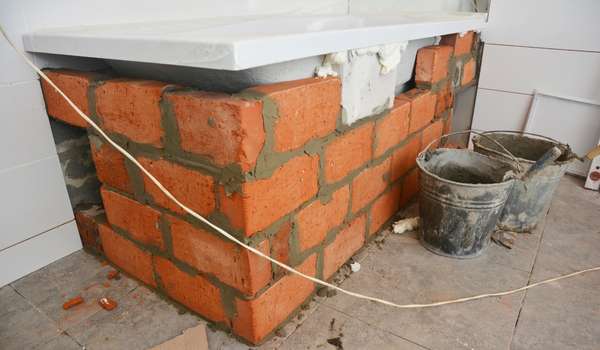
Installing a drain isn’t as difficult as it seems. In fact, it can be done in a matter of minutes with the help of some basic supplies and a few simple instructions. Here are four tips to help you get started:
1. Make sure your tub is accessible before beginning the process. This will ensure that you can properly align the drain and tub when installing it.
2. Connect the Drain to the Tub Wall
3. Place Your Tub on Top of the Drain
6. Level Your Bathtub

If you’re looking to level your bathroom tub, there are a few key things you’ll need to remember. First, make sure your bathtub is in the correct position for leveling. Second, use a level to ensure that the tub drains is properly entrenched in the floor. Finally, be sure to get a good installation crew to complete the job quickly and efficiently – this will help keep your bathroom clean and organized.
7. Screw The Bathtub In
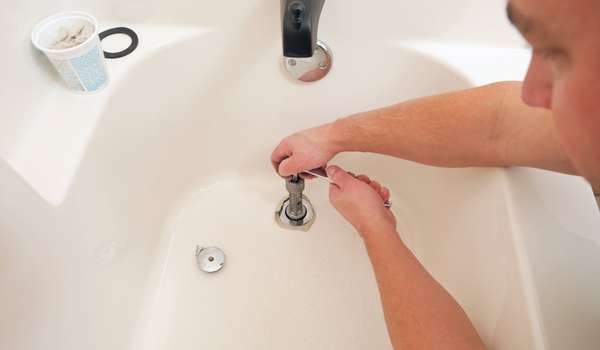
If you’re looking to add some extra space to your bathroom, or if you simply don’t have the time or inclination to fix a drain, then screw the bathtub in. This simple but effective approach not only saves time and hassle but also makes your bathroom look more spacious.
8. Insert The Drain

If you are installing a tub drain in a concrete, it is important to understand the process and how to properly do it. Tub drains are unique in that they use an opening at the bottom of the drains to allow water and sewage to flow freely. This can create a mess if not done correctly, so be sure to read this article for tips on how to install drain successfully.
9. Install The Remaining Components
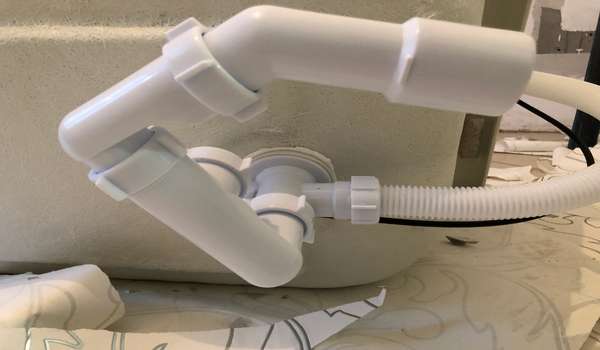
Installing a tub drain in a concrete floor can be a challenge, but with the right instructions and knowledge, it can be done. Here are four easy tips to help you install a drain:
1. Use a helper to help guide the pipe into the wall. This will ensure that the hole in the floor is large enough for the tube to fit through, and that there is no damage to surrounding walls or concrete.
2. Drill a small hole near one end of the drain. Use your hands and an awl to puncture this hole so that water can flow into the Drain tube from below.
3. Connect one end of the Drain tube to the wall using screws and threading hardware. Make sure both ends are fully connected before starting to turn on the tube by hand (or using an electric pump).
10. Thread The Spout
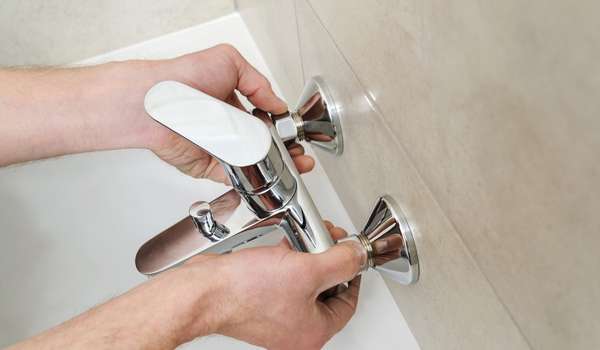
thread the spout – a simple installation method for tub drains in a concrete floor
If your home is built on a concrete floor, there’s no need to go out of your way to install a tub drain. In fact, many models are available that can be installed without any additional effort. Simply thread the spout from the top of the drain to the bottom – and you’re done!
The Final Thought
In conclusion, if you are looking for how to install a tub drain in a concrete floor, it’s best to consult a plumber. This can be difficult and time-consuming, but with the right tools and help, it’s possible to do it yourself. See More?
